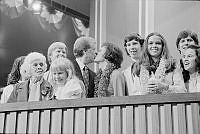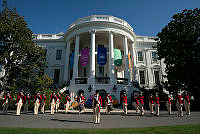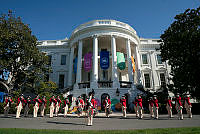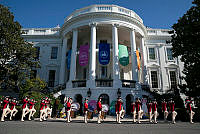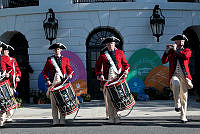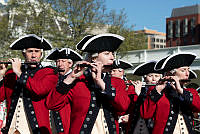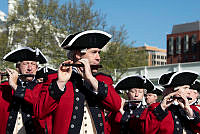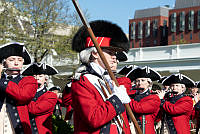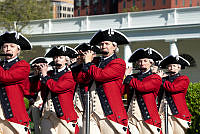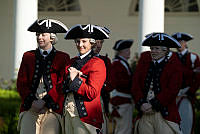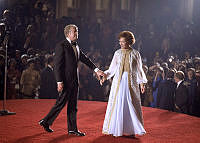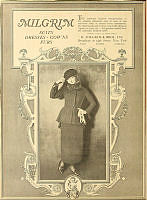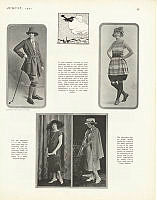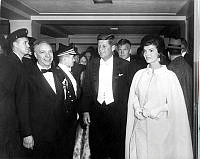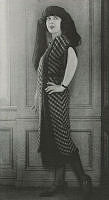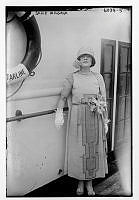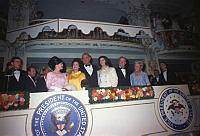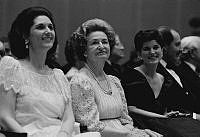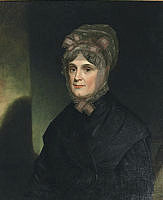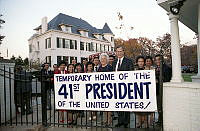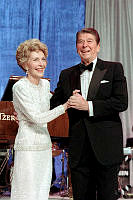The Ceremonial Role of Horses
Copyright © White House Historical Association. All rights reserved under international copyright conventions. No part of this article may be reproduced or utilized in any form or by any means, electronic or mechanical, including photocopying, recording, or by any information storage and retrieval system, without permission in writing from the publisher. Requests for reprint permissions should be addressed to books@whha.org
Horses are unrivaled in their ability to add a natural regal beauty to official ceremonies and state occasions. The horses, carriage and livery of the president have added beauty and spectacle to state events, presidential Inaugural Parades and official ceremonies. Cowboys and Indians, the Rough Riders, and the Army cavalry and their horses have all participated in the parades. Horse drawn vehicles conveyed the president to and from the White House to the Capitol until Warren G. Harding’s Inaugural Parade in 1921.
The death of a president calls for a formal ceremony with symbolism suited to the dignity of the occasion. Nineteenth century state funerals were pageants with elaborate funeral cars and long processions. In the twentieth century, the president's flag-draped casket has been carried on an artillery caisson drawn by six matched horses. Following the caisson is a riderless horse, the president’s flag, the family and an assemblage of national and world leaders. The most famous of the caparisoned horses was "Black Jack" of the Old Guard Caisson Platoon of the Military District of Washington who added dignity and solemnity to the state funerals of Herbert Hoover, John F. Kennedy and Lyndon B. Johnson.
Black Jack
The most famous caparisoned horse was Black Jack, a jet black Morgan-Quarter Horse cross named after General John J. "Black Jack" Pershing, Supreme Commander of the American Expeditionary Force in World War I. The beloved Black Jack served in the state funerals of President Kennedy and former Presidents Hoover and Johnson during his 24 years of service with The Old Guard. Foaled on January 19, 1947, he was the last of the Quartermaster-issue horses branded with the Army's "US" brand. Upon his death, Feb. 6, 1976, he was buried on the parade field at Fort Myer.

The Caisson Platoon conveys President Warren G. Harding's casket from the White House, August 8, 1923.

President and Mrs. William H. Taft ride in an open landau during a snowstorm on Inauguration Day in 1909. Helen Taft was the first wife of a president to ride in the carriage to the Capitol for the Inaugural ceremony.

William Henry Harrison, a tough old soldier who refused both hat and overcoat, rode a magnificent white charger in a two-hour morning procession from the White House to the Capitol, March 4, 1841. His Inaugural speech, depicted in this lithograph by Charles Fenderich, lasted several hours, and he died from pneumonia 31 days later.

President Grant leaving the White House for his second inauguration at the Capitol, 1873.

Funeral procession of President Lincoln, New York, April 26, 1865.

Black Jack waits on the U.S. Capitol Plaza during the state funeral of John F. Kennedy, November 25, 1963.




